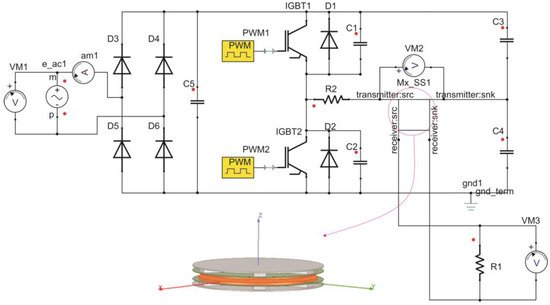Low Voltage Smart Kettle Power Guide – DIY India Edition

Designing a low voltage smart kettle for energy efficiency and automation is an exciting challenge for hobbyists and engineers in India. One key aspect is selecting the right power components that deliver sufficient current without overheating or triggering undervoltage conditions.
🔧 The Problem: Undersized Power Supply and Poor Control
Most kettles rely on high voltage AC. But for low voltage DC (12V–24V) smart kettles, controlling the heating element with safe, efficient electronics is essential. Without proper switching and current control, the system may overheat or fail to heat water effectively.
✅ The Solution : Use a Power MOSFET and Current Sensor
Control the heating coil using a N-channel MOSFET and monitor current with a low-side current sense resistor. Combine with a microcontroller for auto shut-off, boil-dry protection, or temperature regulation.
🔍 Real-World Example: 12V Smart Kettle for Solar Setup
You’re building a 12V kettle powered by a solar battery. The heating coil draws 8A. You use a 30V, 50A MOSFET with heatsink, and a 0.01Ω resistor for current sensing. Your code cuts power after 500 seconds or if current exceeds 10A—safe and smart!
🧮 Sample Calculation: Power in Heating Coil
Power = V × I = 12V × 8A = 96W
(Perfect for warming—not boiling—500ml water in a few minutes)
🛒 Product Suggestion: Made in India Components
🔧 [Shop resistors]
Shop now at SmartXProKits.in
Support our work and India’s innovation—buy from our Make in India site!




















